 Eagle Feathers #31– The Last Armory
Eagle Feathers #31– The Last Armory
By Bob (Monty) Doherty
The First Armory – It was quarried and built from the bluestone beneath it, and today is the discernible seal of Somerville. Why do they call it the Powder House, and was it built to be a powder house?
The answers to these questions date back to 1703, when the structure was built. Mallet Street was named after its creator, John Mallet, a French Huguenot. He and his family, who originally settled in the western part of Massachusetts, were forced to return closer to the safety of Boston because of Indian attacks on their settlement.
Mallet built it as a wind-operated gristmill, catering to the milling needs of the local farmers. Upon his passing in 1722, he left the mill to his sons, who continued to grind corn until 1747. They then sold the mill to the Province of Massachusetts Bay. It was converted into an armory for storage of guns and war items and became the site of one of the earliest hostile incidents of the Revolutionary War.
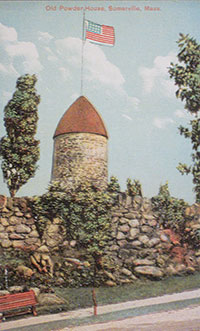
On September 1, 1774, 260 British troops disembarked from their boats on the Mystic River at Ten Hills and proceeded up to what is now Temple Street and Broadway. They then marched on to the Powder House and captured 240 half barrels of gunpowder. The soldiers brought the powder to the site, which is now Castle Island, in South Boston.
Little did they know that the colonists, having suspected an attack, had already moved over half of the powder farther out to Concord. History calls this event the Powder Alarm. Taking place in what is now Somerville, it occurred almost eight full months before the Battle of Lexington. In essence, it was the dress rehearsal for the beginning of the Revolutionary War.
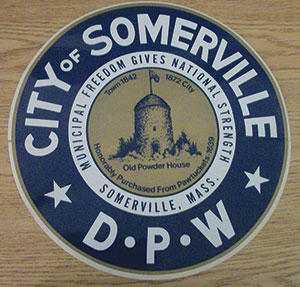
The Second Armory – On Christmas Eve, 1855, Somerville’s small wooden volunteer firehouse in Union Square burned. Luckily, they saved their apparatus. The town then spent $5,000 on a new two-story brick building.
The front first floor housed the fire engine, while the rear served as a police lockup. The second floor was to be the town’s armory. This was the drilling and training ground for the Somerville Guard.
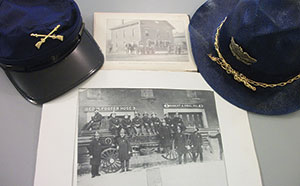
When the attack on Fort Sumter launched the country into the Civil War, Somerville was instantly in favor of saving the Union. She answered President Lincoln’s call of April 15, 1861, for troops to protect the Capital.
Just four days later, on a memorable April 19, the fully-equipped Somerville troops were on board trains as part of the Fifth Massachusetts Regiment. Somerville would supply over 1,100 soldiers during the Civil War. Two hundred and sixty were wounded, while ninety-eight souls would never return home. The Somerville Light Infantry was led by Captain George O. Brastow, who 11 years later would become the first mayor of Somerville.
The Last Armory – For over 110 years, it has stood guard on Highland Avenue. A curious structure, it looks almost as if it were a castle plucked out of the sands of North Africa and dropped into the middle of the city.
Originally constructed in 1903, it was built for the training of the Massachusetts Volunteer Militia which would evolve into the National Guard. They were part of the 26th Yankee Division, the first and longest National Guard division to fight in France during World War I. They were reactivated in 1940 for World War II.
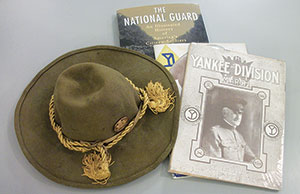
One year later, the division split, with half fighting in the Pacific as part of Americal Division, while the other half fought in Europe, leading the advance of Lt. General George Patton’s relief force to help lift the siege of Bastogne, Christmas Eve, 1944. The state honored the 26th Division by naming Route 128, The Yankee Division Highway.
For three quarters of its life, the Armory was a training ground for citizen soldiers. Passing by the beautiful castle-like structure continues to serve as a reminder of the sacrifices made for our country by all Somerville service men and women. From a working armory, it was then used for state offices and neighborhood events, and now serves as a center for celebration of the Arts.
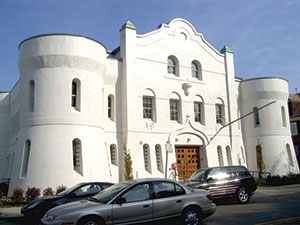













Reader Comments